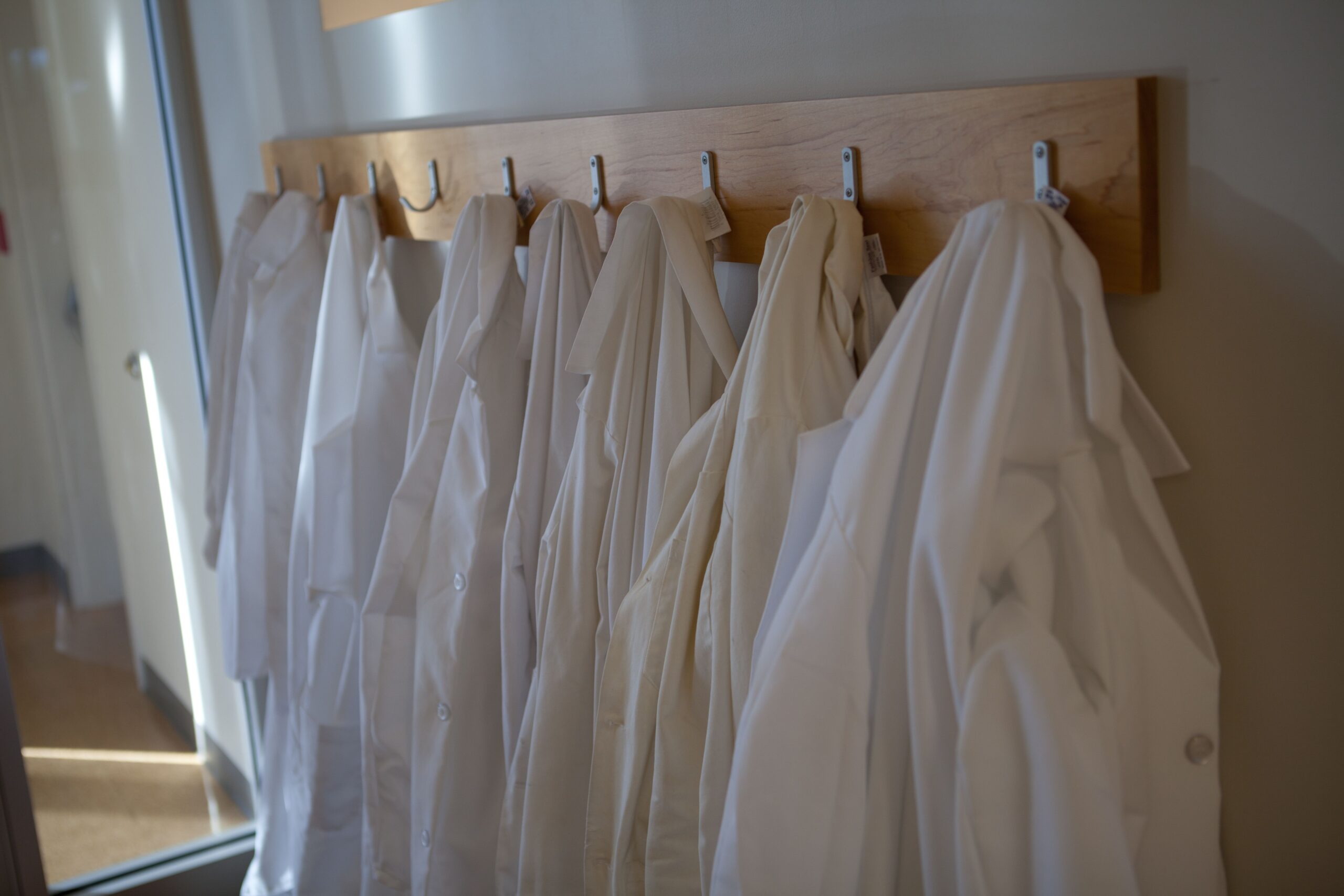
Meet an IGI Scientist: Christine He
This series introduces the public and fellow researchers to our talented scientists. We interview different IGI members to find out who they are and what makes them passionate about science.
—
Dr. Christine He is a postdoctoral researcher in the Banfield, Doudna, and Cate labs at UC Berkeley, where she studies novel groups of bacteria that we know of only through the DNA recovered from natural environments.
Where are you from?
I was born in the Hunan Province in south central China, grew up in the 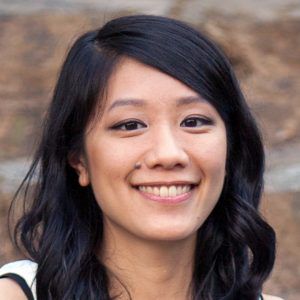 Washington, D.C., metro area, and lived in Atlanta during graduate school.
Washington, D.C., metro area, and lived in Atlanta during graduate school.
Why did you become a scientist?
My father is an engineer at NASA, so I had a lot of early exposure to some very cool science and technology. I’m a chemical engineer by training, but I ended up doing research on origins of life (the RNA world) for my Ph.D. I found that I loved doing fundamental science! I’ve done another bit of a field jump in my postdoctoral research, where I study uncultivated microorganisms — microbial “dark matter” — that are known to us only through DNA sequencing.
What do you like to do besides research?
I’ve been drawing and painting for as long as I can remember. In graduate school, I did a lot of science outreach that also incorporated artwork. I ran an Atlanta Science Festival booth where I drew portraits of children as scientists, helped develop an aerial silks dance piece performed on a giant metal double helix suspended from the ceiling, and painted a mural for Sequoyah Middle School’s cafeteria that depicts evolutionary history.
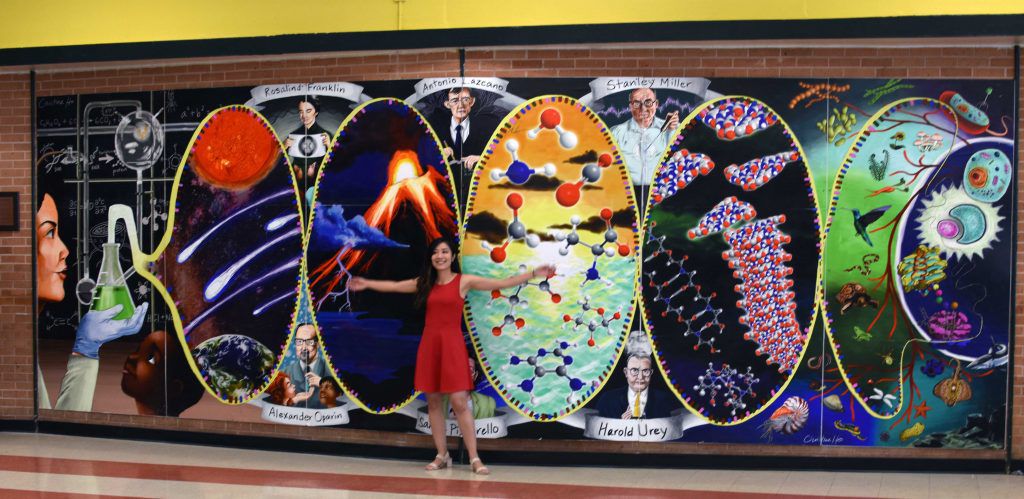
What would you do if you weren’t a scientist?
Something in illustration and design!
Do you have any funny memories of working in the lab or in the field?
For my postdoctoral research, I often go field sampling to collect microbes from different locations. When I first started, I anticipated traveling to exotic destinations or extreme environments. However, my very first field site was a dairy farm in Modesto, CA. I clearly remember my first day of work, surrounded by 10-foot piles of dried cow manure and gingerly dipping a Falcon tube into what is called a “manure lagoon” to collect microbes, and wondering what I got myself into. Fortunately, I’ve returned to the dairy farm many times since then and made a lot of great memories from sampling trips with my labmates.
How has science changed since you started as a researcher? What has been the most important advancement in your opinion?
The movement toward manuscript pre-prints and open-access publishing is so important and has been a long time coming. Another cool development is the rise of Twitter as a really effective platform for casual sharing of scientific ideas and information, and a direct line to so many scientists I might not otherwise interact with.

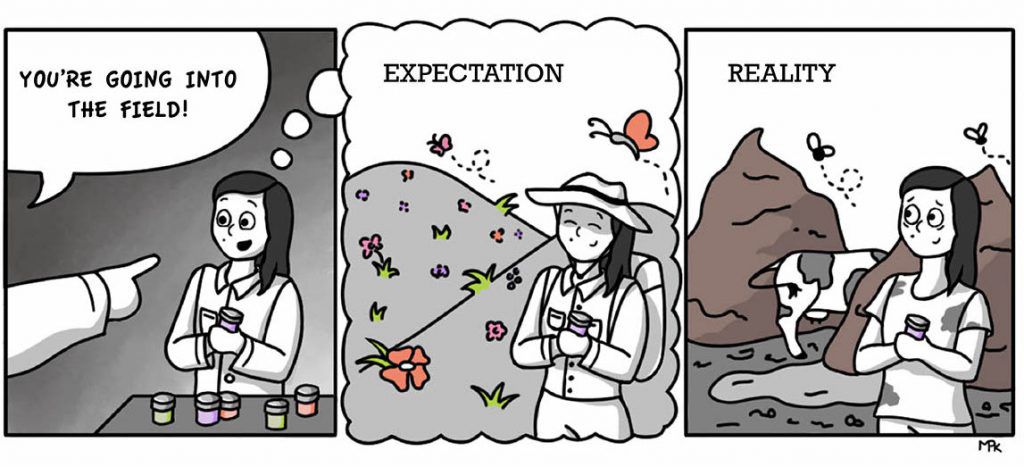
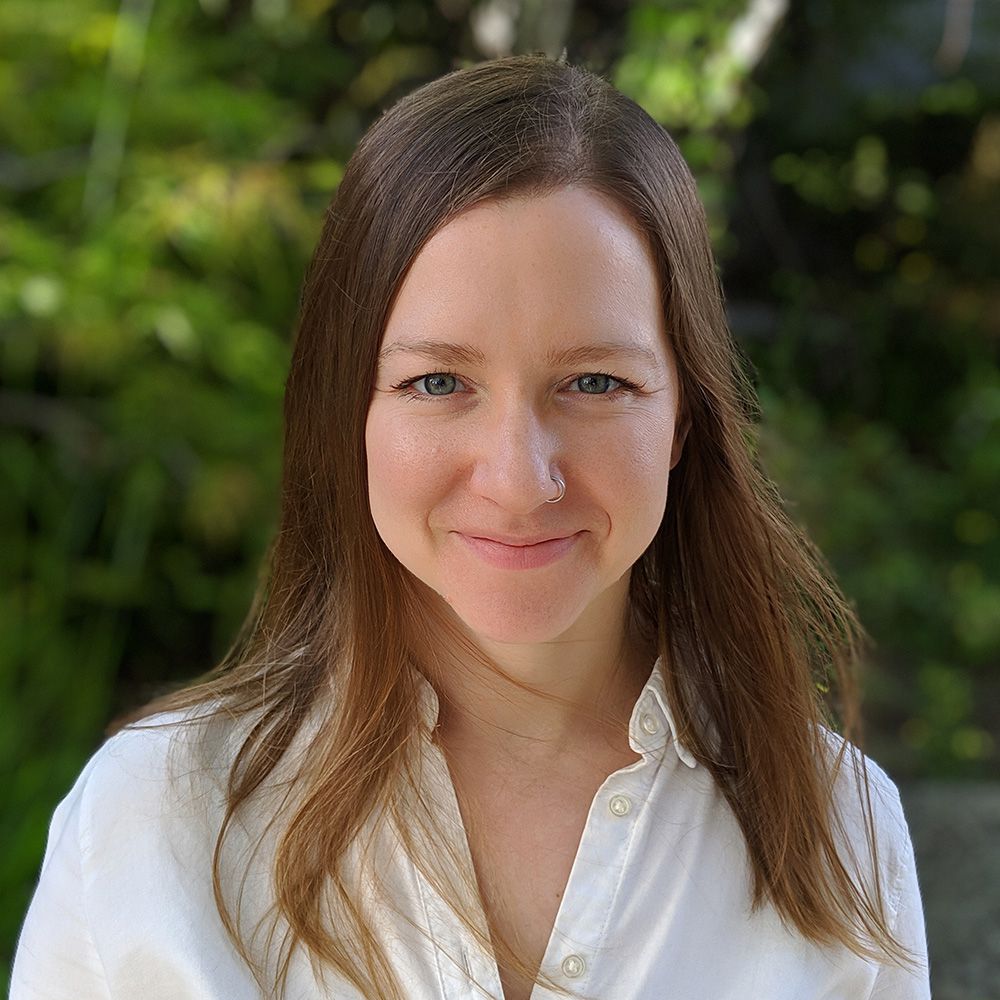 By
Hope Henderson
By
Hope Henderson